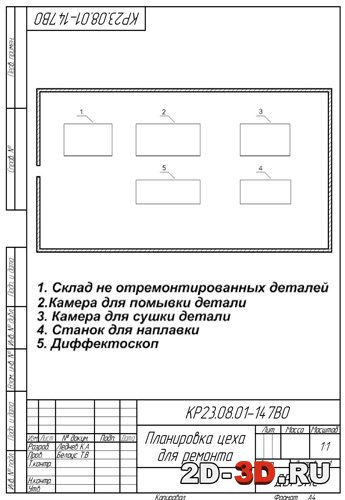Chertezhi Dlya Ekskavatora Ekg 5
Apr 23, 2015.
[] Electrocardiography ( ECG or EKG ) is the process of recording the electrical activity of the over a period of time using placed over the skin. These electrodes detect the tiny electrical changes on the skin that arise from the 's pattern of and during each. It is very commonly performed to detect any cardiac problems. In a conventional 12-lead ECG, ten electrodes are placed on the patient's limbs and on the surface of the chest. The overall of the heart's is then measured from twelve different angles ('leads') and is recorded over a period of time (usually ten seconds). In this way, the overall magnitude and direction of the heart's electrical depolarization is captured at each moment throughout the.


The graph of versus time produced by this medical procedure is an electrocardiogram. There are three main components to an ECG: the, which represents the depolarization of the atria; the, which represents the depolarization of the ventricles; and the, which represents the repolarization of the ventricles. A 12-lead ECG of a 26-year-old male with an incomplete The overall goal of performing an ECG is to obtain information about the structure and function of the heart. Medical uses for this information are varied and generally need knowledge of the structure and/or function of the heart to be interpreted. Some for performing an ECG include: • Suspected (heart attack) or • ST elevated myocardial infarction (STEMI) • non-ST elevated myocardial infarction (NSTEMI) • Suspected or • A,, a or other findings suggestive of a structural heart disease • Perceived either by pulse or • Monitoring of known cardiac arrhythmias • or collapse • • Monitoring the effects of a medication on the heart (e.g. An electrocardiograph with integrated display and keyboard on a wheeled cart An electrocardiograph is a machine that is used to perform electrocardiography, and produces the electrocardiogram.
The first electrocardiographs are discussed later and are electrically primitive compared to today's machines. The fundamental component to an ECG is the, which is responsible for taking the between leads (see below) and amplifying the signal. ECG voltages measured across the body are on the order of hundreds of micro up to 1 millivolt (the small square on a standard ECG is 100 microvolts). This low voltage necessitates a low circuit and instrumentation amplifiers. Early ECGs were constructed with and the signal could drive a motor to print the signal on paper. Today, electrocardiographs use to convert to a that can then be manipulated with.
This permits digital recording of ECGs and use on computers. There are other components to the ECG: • Safety features that include voltage protection for the patient and operator. Since the machines are powered by, it is conceivable that either person could be subjected to voltage capable of causing death. Additionally, the heart is sensitive to the frequencies typically used for mains power (50 or 60 ).
• protection: any ECG used in healthcare may be attached to a person who requires defibrillation and the ECG needs to protect itself from this source of energy. • is similar to defibrillation discharge and requires voltage protection up to 18,000 volts. • Additionally circuitry called the can be used to reduce (typically the 50 or 60 Hz mains power). The typical design for a portable ECG is a combined unit that includes a screen, keyboard, and printer on a small wheeled cart. The unit connects to a long cable that branches to each lead and attaches to a conductive pad on the patient. The ECG may include a rhythm analysis that produces a computerized interpretation of the ECG.
The results from these algorithms are considered 'preliminary' until verified and/or modified by someone trained in interpreting ECGs. Included in this analysis is computation of common parameters that include,, corrected QT (QTc) interval, PR axis, QRS axis, and more. Earlier designs recorded each lead sequentially but current designs employ circuits that can record all leads simultaneously. The former introduces problems in interpretation since there may be beat-to-beat changes in the rhythm, which makes it unwise to compare across beats. Ezdrummer authorization code keygen. More recent advancements in electrocardiography include work in diminishing the size of the unit to make it more portable and therefore more accessible to larger groups of patients.
To achieve this, these smaller devices rely on only two electrodes which together deliver 'lead I' of the standard ECG. Electrodes and leads [ ]. Diagram showing the contiguous leads in the same color in the standard 12-lead layout Each of the 12 ECG leads records the electrical activity of the heart from a different angle, and therefore align with different anatomical areas of the heart.